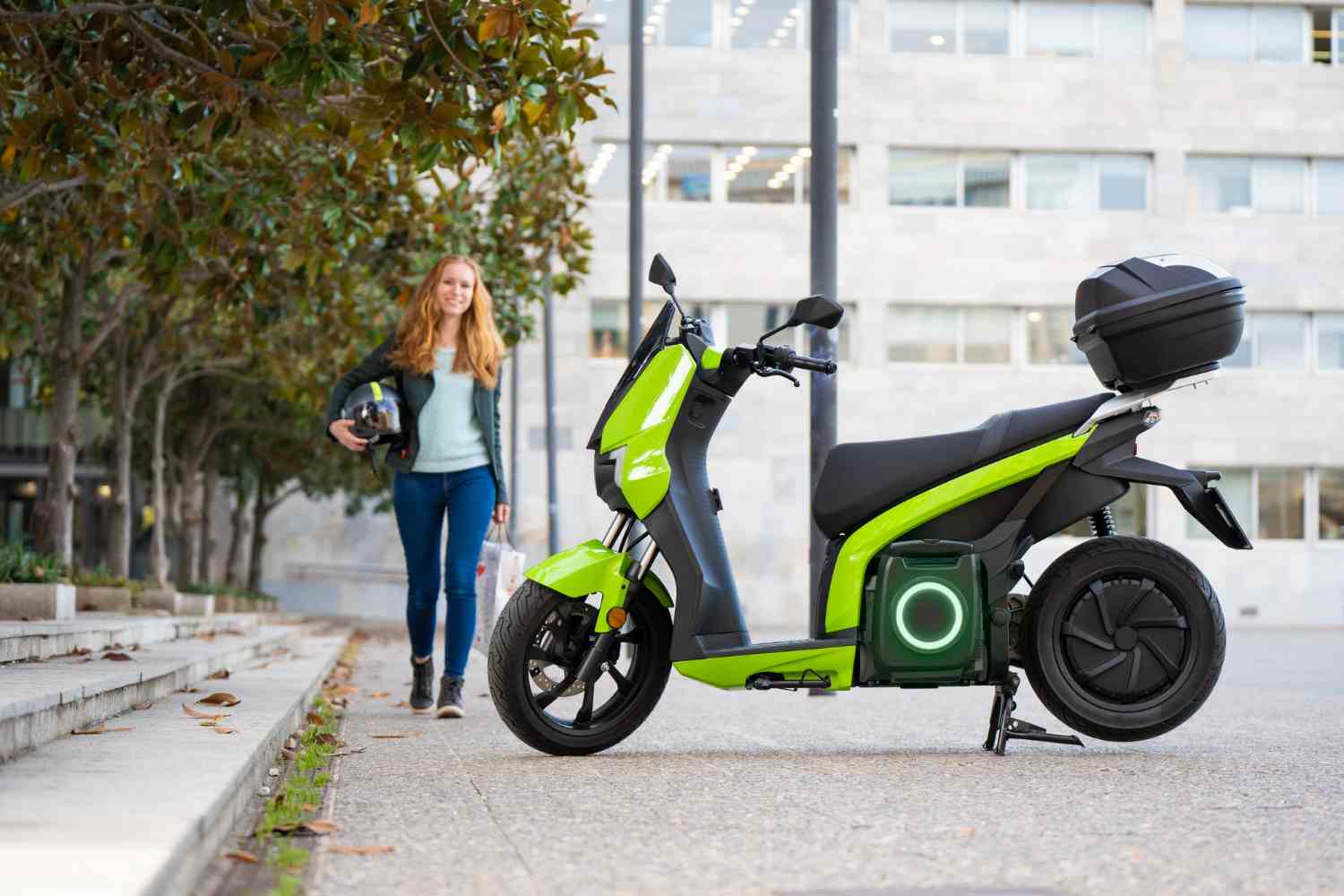What is an E-Bike?
An e-bike or electric bicycle is a regular bicycle with an integrated motor for extra power. This motor gets energy from a particular rechargeable battery attached to the bike. The motor on an e-bike is designed to assist you when pedalling, not move the bike itself. So, in order to get motor’s help you need to pedal.
Electric bikes come with different modes to select from. These modes let you decide how much help you want from the motor and how far you can go on a single battery charge. However, understanding the terms for their electric parts can be tricky when you are trying to pick the right one.

How Do Electric Bikes Work?
Electric bikes have three main parts that make them unique and determine how the bike will work, these are:
- Motor
- Battery
- Sensors
Although electric bikes come with extra features and components, they look like regular bikes with pedals and handlebars. However, these extra features are installed to provide assistance to go farther without getting exhausted and sweaty- which is excellent for your morning commute!
Let’s discuss these components in detail to help you understand the working of an e-bike:
The Motor
The motor is positioned in one of three locations: the front hub, the rear hub, or at the bike’s centre. Each spot has its advantages, but the main job of the motor is to give you extra power when you pedal. The bigger the electric motor, the more power it can give you. More power means you can go faster on your bike.
Battery
On electric bikes, the battery can be in different spots, usually based on the built and the size of the bike. Different batteries have different charging times, on average, it takes about five to six hours to charge. Charging your battery is simple – it is like charging your mobile phone; you plug it into the socket, and it will start charging.
The Sensor
The sensor in an electric bike is a crucial part. Various e-bikes feature two sensor types: a torque sensor and a speed sensor.
The speed sensor starts the motor when you start pedalling, which helps you with your ride. The torque sensor is even smarter and gives just a bit of help to match your speed when you are riding. It is more responsive and assists with speed and handling.

Classes of E-Bikes
Electric bikes have different classes; You can choose an e-bike according to your needs and the nature of its intended use. Here are the classes of e-bikes:
Class 1: These bikes are equipped with pedal assistance and help you while you pedal. They can reach a top speed of 20mph.
Class 2: These bikes are equipped with throttle, which can provide boost without pedalling. They can also have a top speed of 20mph.
Class 3: These are the fastest electric bikes and can reach up to 28mph. They are also equipped with pedal assistance.
Electric Bike Law in the UK
As per the UK’s Department for Transport, for a bicycle to be categorised as an electrically assisted pedal cycle (EAPC), it should have pedals for propulsion and fulfil the following criteria.
It must show either:
- The information about the output powers of the motor.
- Or the name of its manufacturer.
It must show either:
- The voltage of the battery it uses.
- Or the bike’s highest speed.
Its electric motor must:
- Provide a maximum output of 250 watts.
- Not provide propulsion when the bike is exceeding a speed of 15.5 mph.
